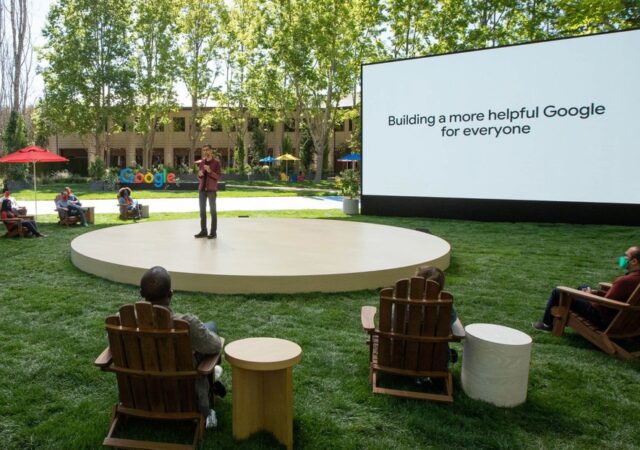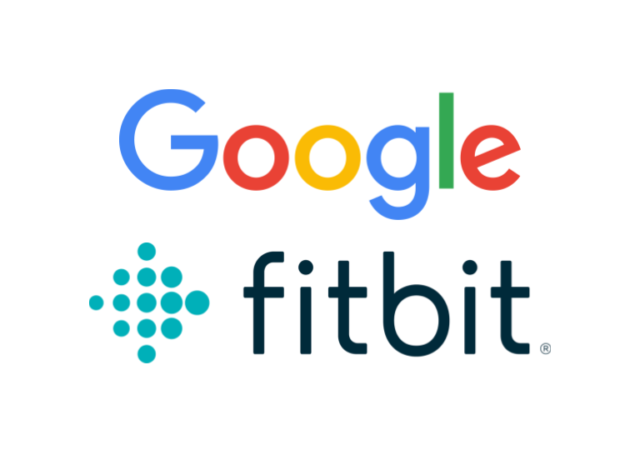Google I/O 2021 proved to be the biggest one yet, not just in terms of numbers, but in terms of what they have announed for 2021 and beyond.
It’s Official; Fitbit is now Google’s. What Does This mean?
Fitbit is now officially acquired by Google. The acquisition is part of Google’s bid to complete its manufacturing capabilties.




